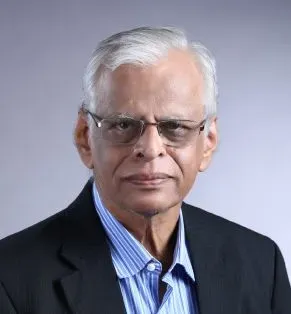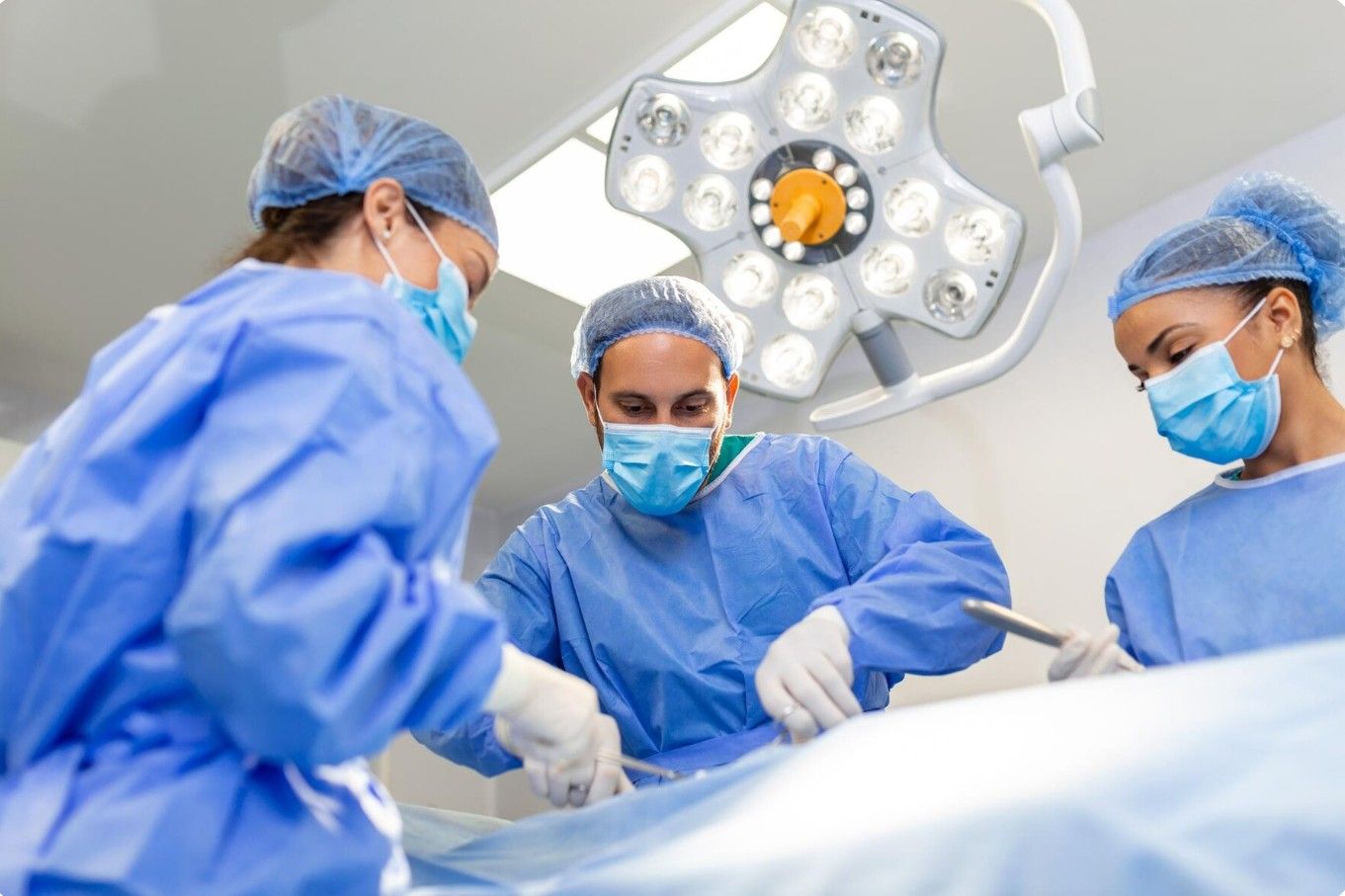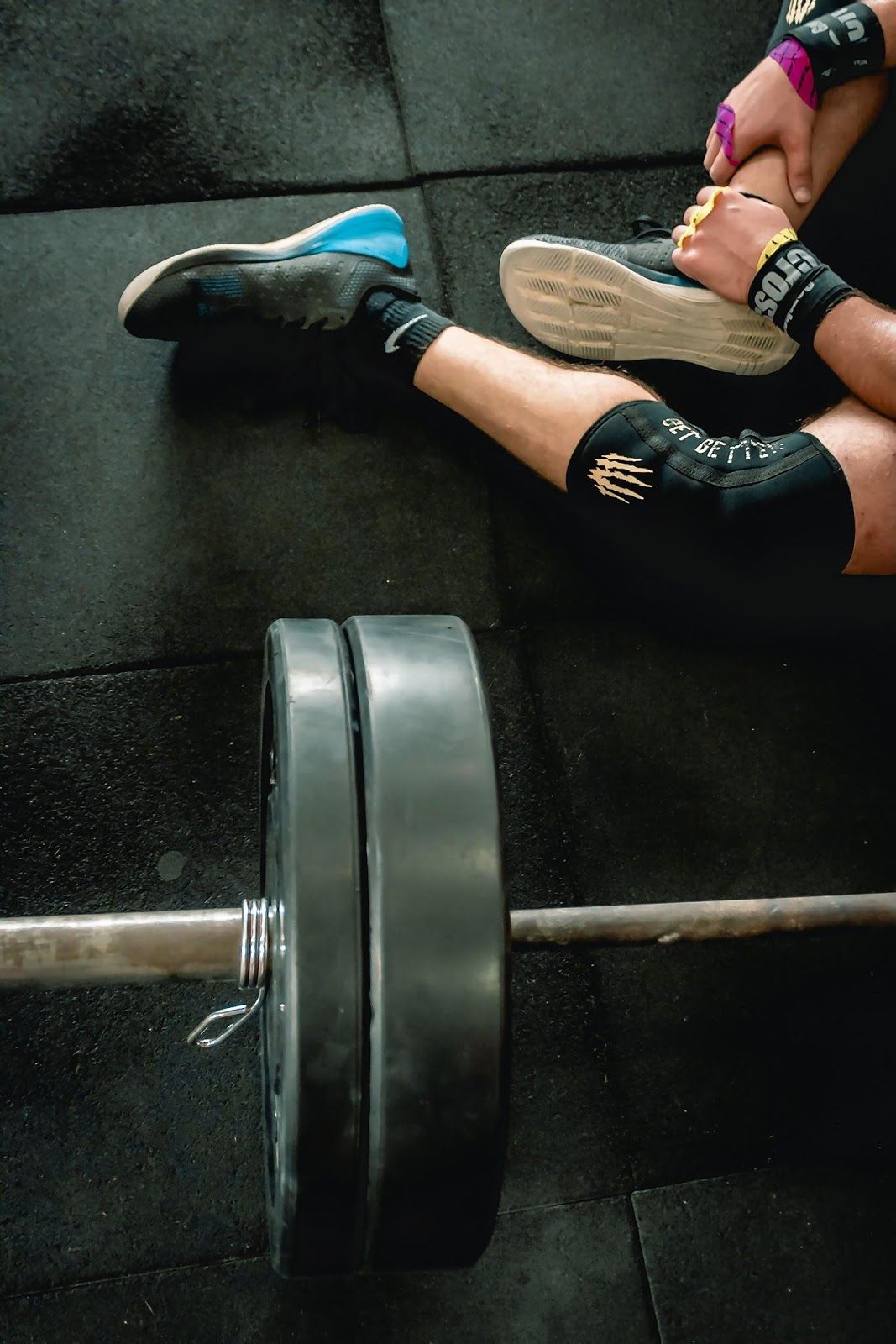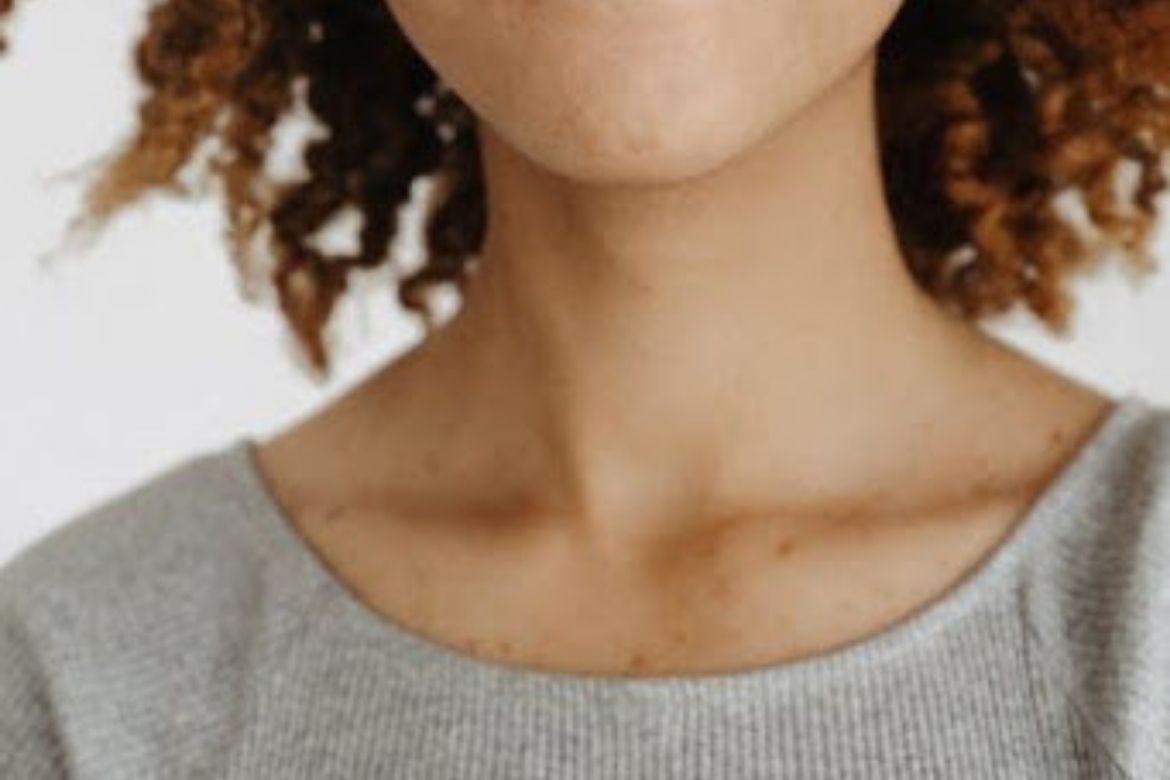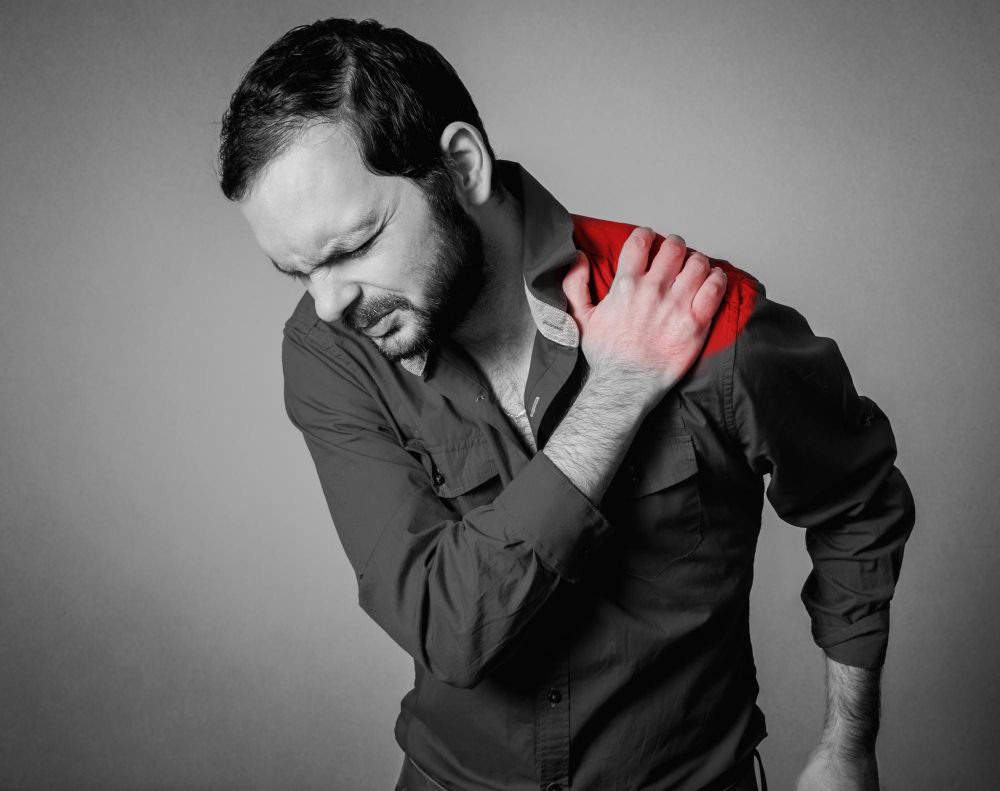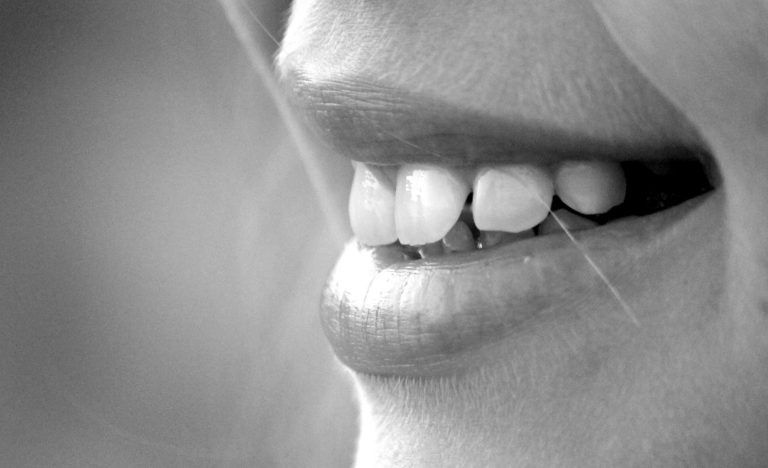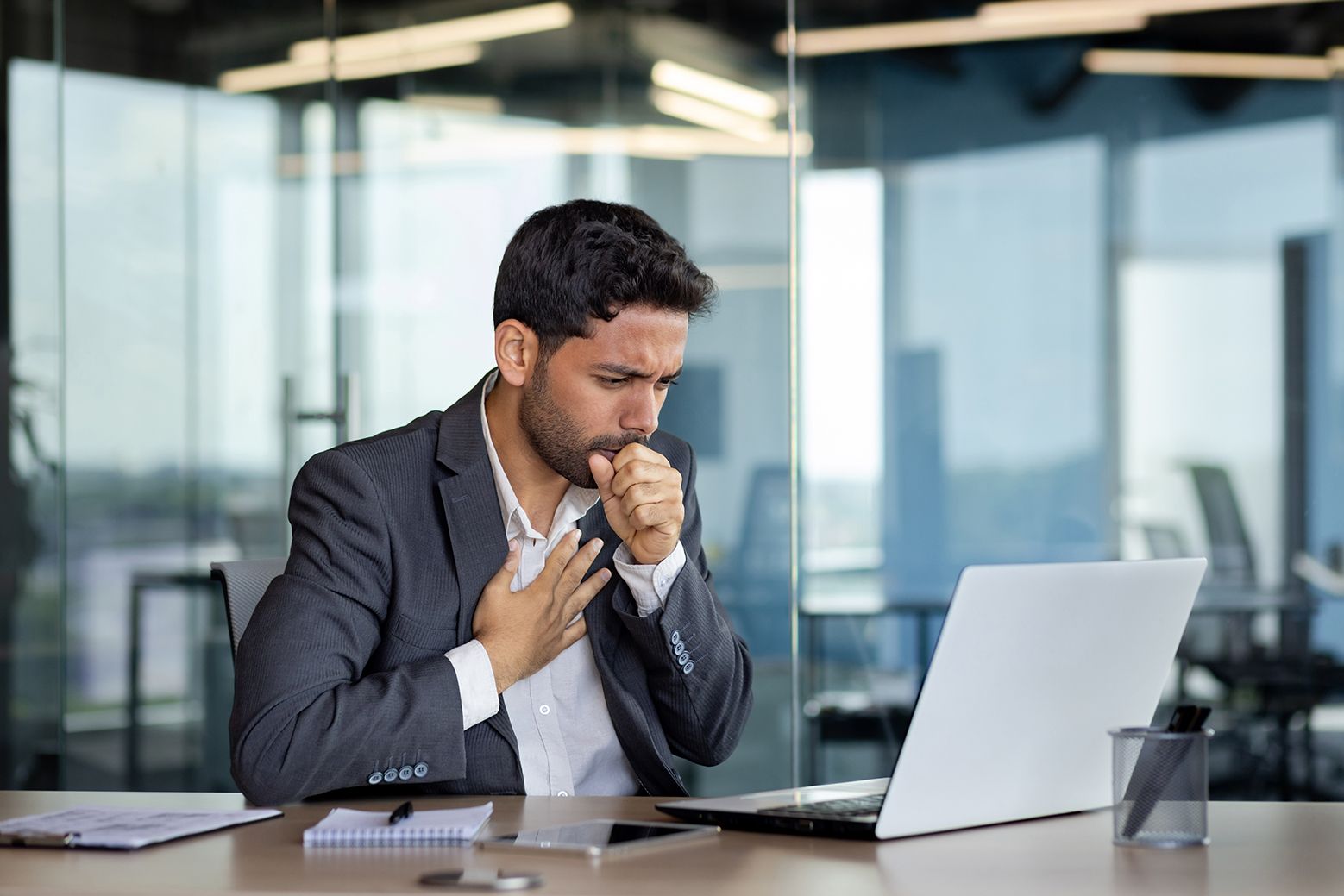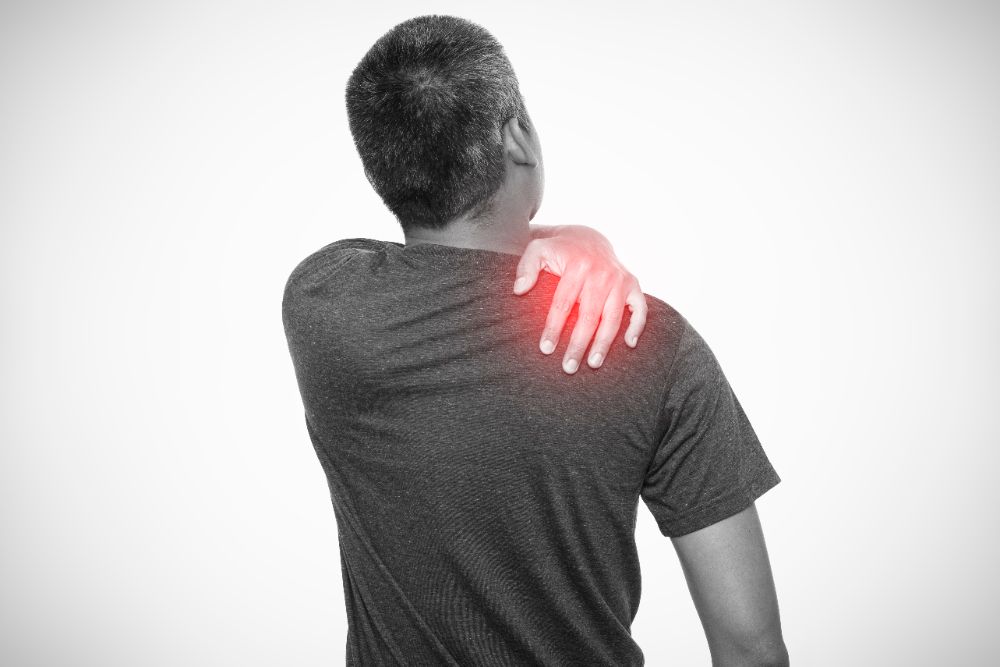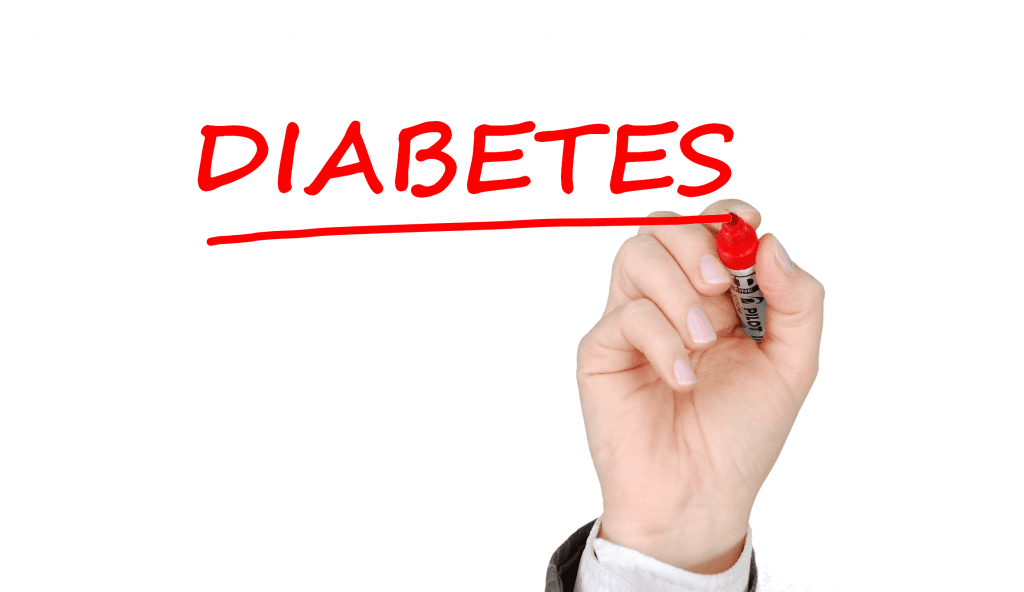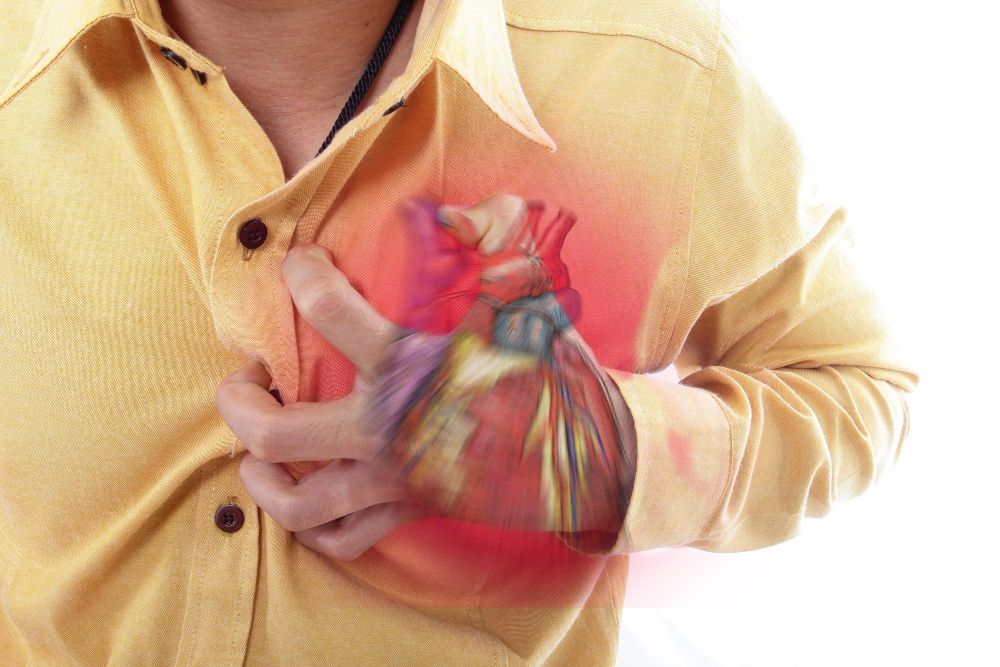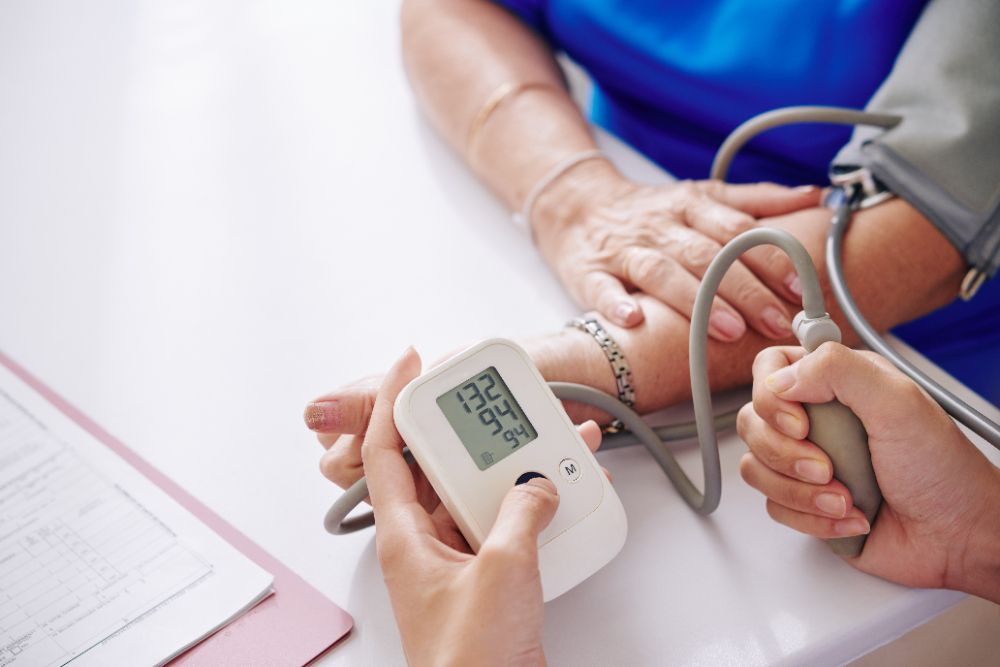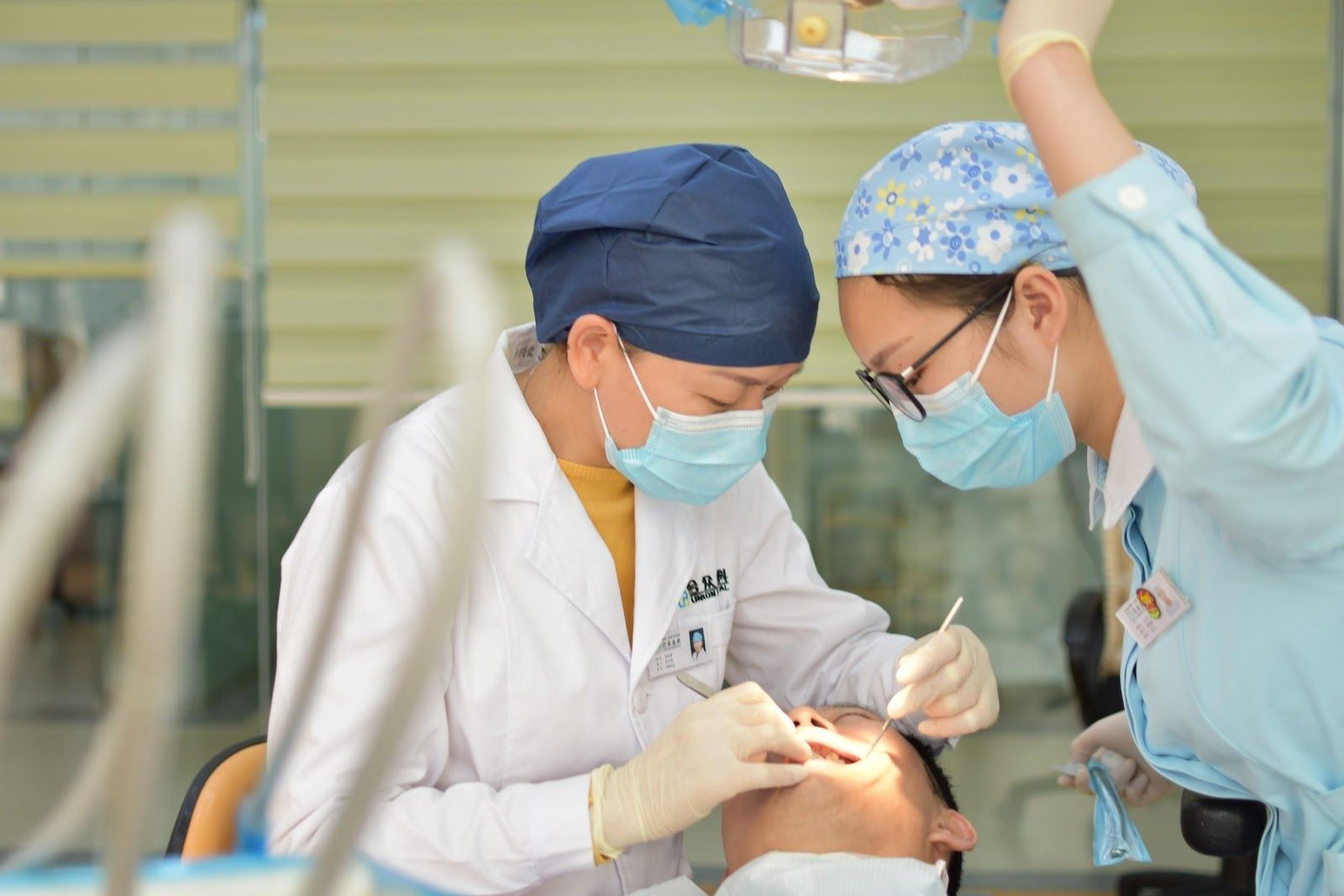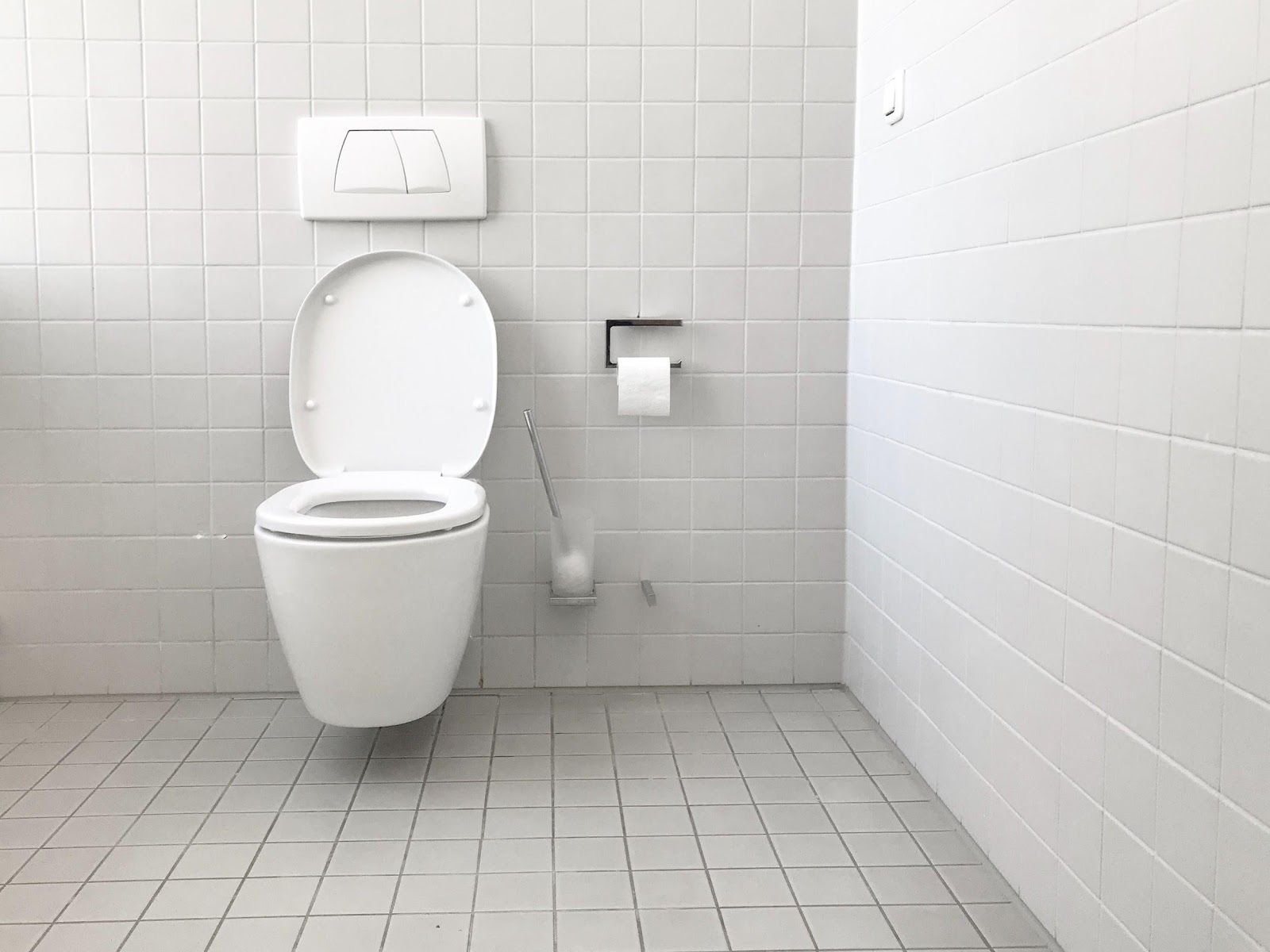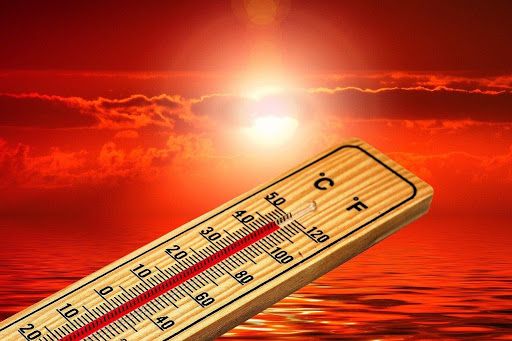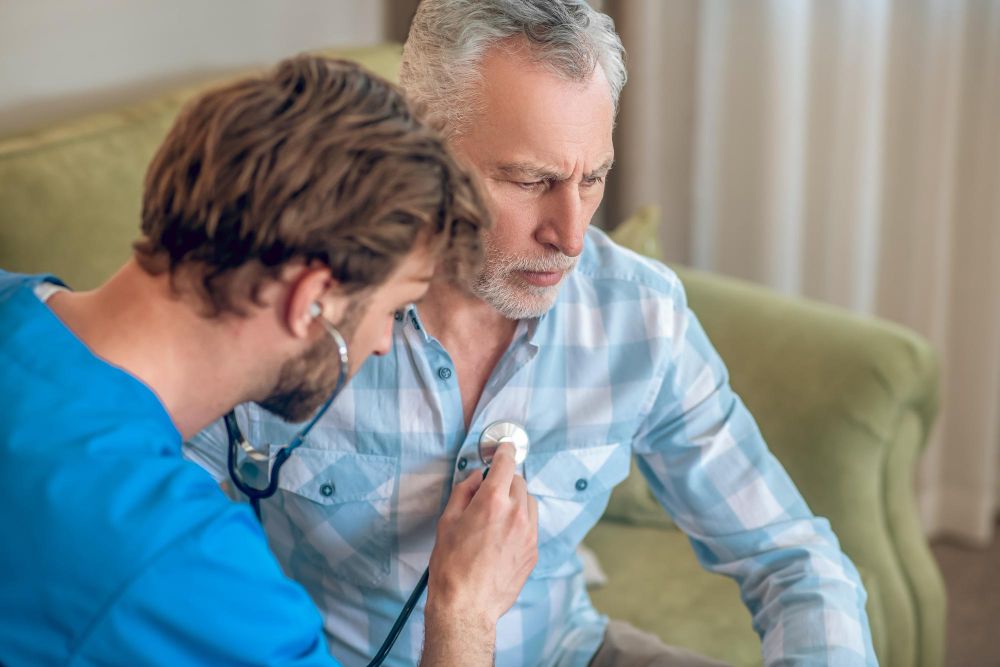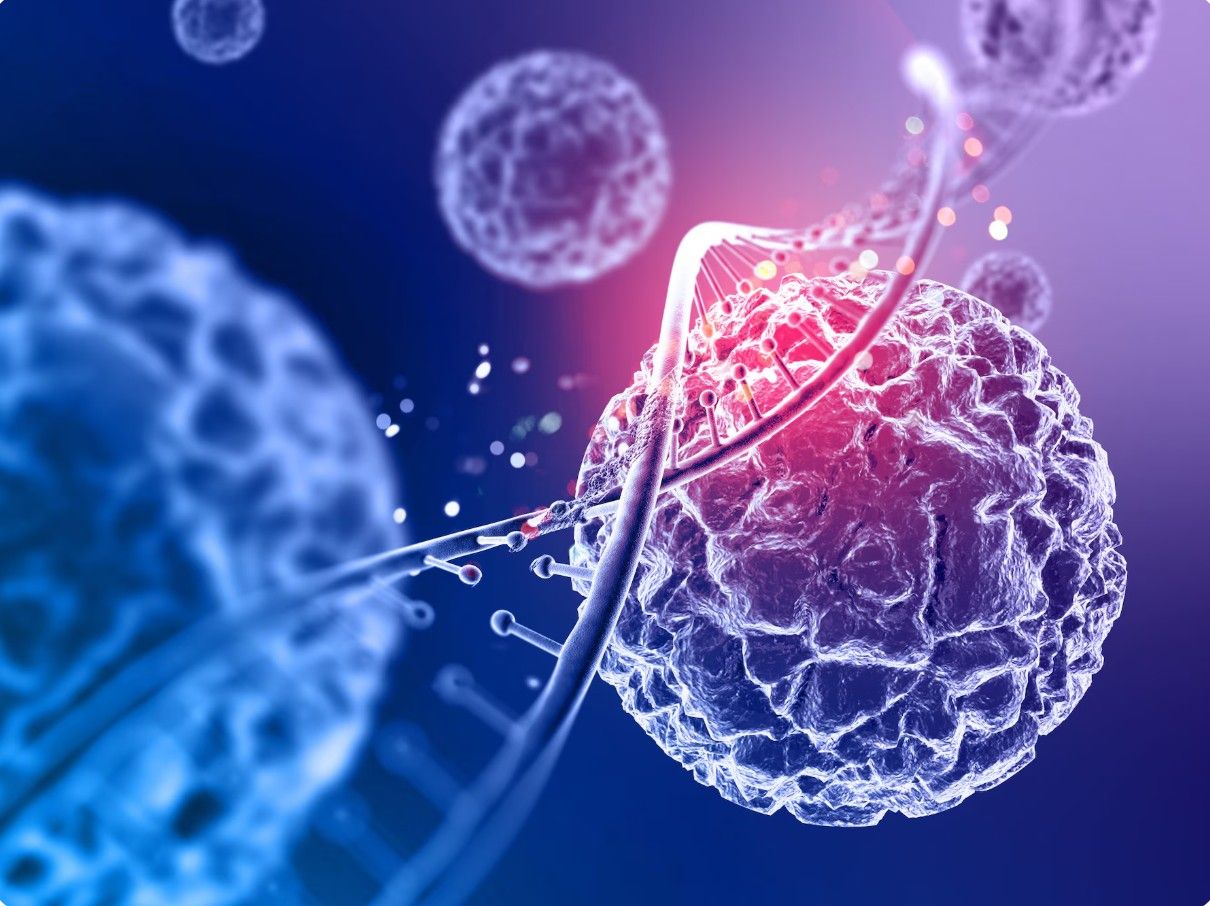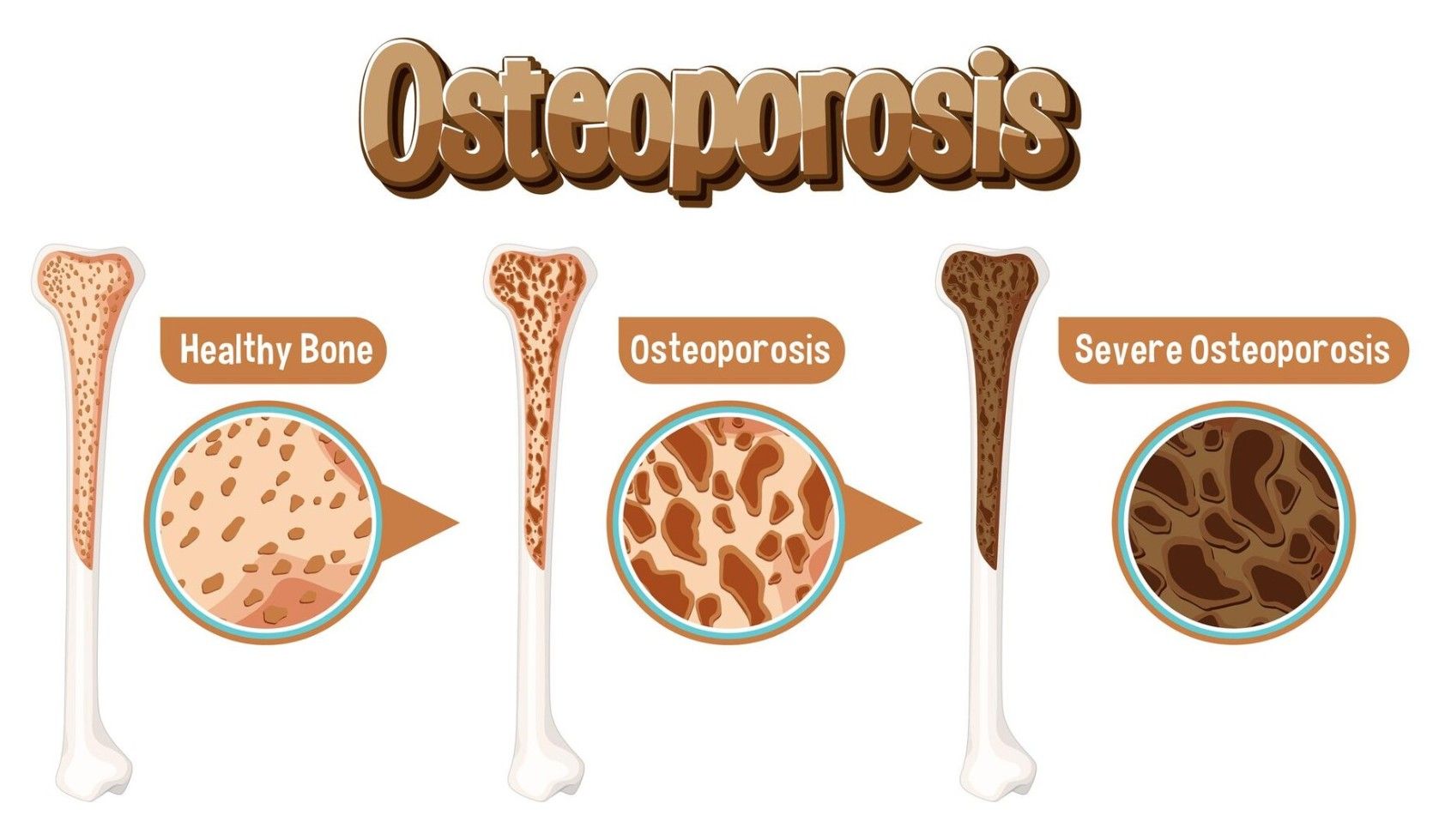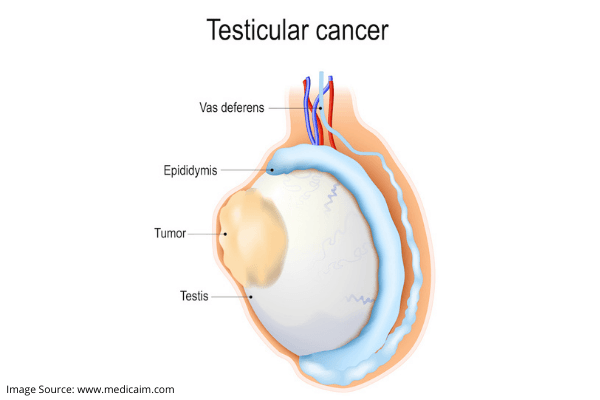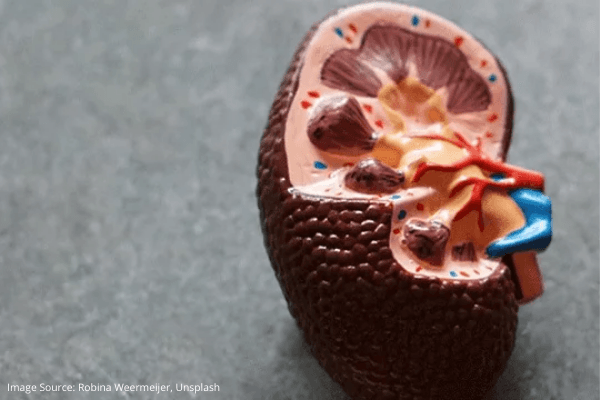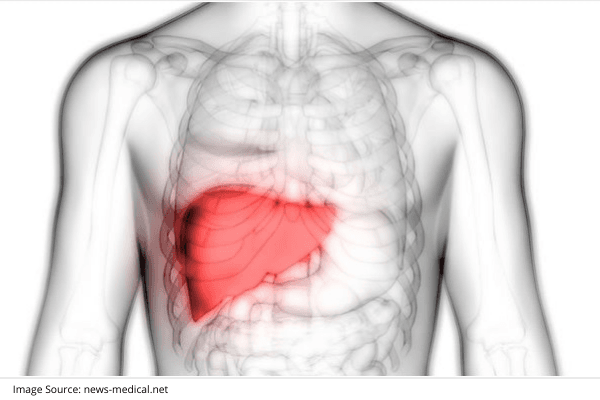Complex Aortic Surgery
A thoracic aortic aneurysm, an abnormal bulge in a weakened wall of the aorta in the chest area, can cause a variety of symptoms and often life-threatening complications. Due to the serious risks it presents, timely diagnosis and treatment of a thoracic aneurysm are critical.
** What is the Best Treatment for a Thoracic Aortic Aneurysm?**
The decision on how to best treat a thoracic aneurysm or the aorta depends on its size and rate of its growth, location and your overall health. The risk of rupture increases when the aneurysm is larger than about twice the normal diameter of a healthy aorta blood vessel. If a thoracic aneurysm is small and causes no symptoms, your doctor may recommend “watchful waiting,” which includes:
- Close monitoring of the aneurysm with CT or MRI scans every 6 months
- Blood pressure medication to control high blood pressure, and decrease pressure on the weakened area of the aneurysm
- Restriction of some physical activities. Heavy lifting should be avoided due to increased pressure on the aorta, which may put an aneurysm at risk of rupture
Surgery
The decision to treat a thoracic aneurysm with surgery is determined by many factors, including:
- The presence of symptoms, including chest and back pain, and pain in the jaw, neck and upper back
- If the aneurysm is growing more than 1 centimeter (cm) per year
- Signs of an aortic dissection, including sudden, severe sharp tearing pain in the chest or back
- The age of the patient and the patient’s overall medical condition
- New evidence has shown that the size of the aneurysm in addition to a patient’s height plays an important role in the decision for surgery. While 5 centimeters is the size most aneurysms are considered for surgery,
The Aorta
To understand how surgery is used to treat a thoracic aneurysm, it is best to know where the aorta is located and how it functions.
The aorta is shaped like an old-fashioned walking cane with the stem of the curved handle coming out of the heart and curling through the aortic arch, which supplies branches of vessels to the head and arms. Once the aorta descends through the chest cavity into the abdomen, it separates off to provide blood to the abdominal organs and both legs.
How is a Thoracic Aortic Aneurysm Treated With Surgery?
The current standard surgical treatment of is the open-chest approach. The main purpose of open-chest surgery to treat a thoracic aneurysm is to replace the weakened portion of the aorta with a fabric tube, called a graft.
Repairing a thoracic aneurysm is surgically complicated and requires an experienced thoracic surgical team. However, neglecting the aneurysm presents a higher risk.
Our surgeons have considerable experience in complex aortic operations, performing over 1,000 aortic procedures in 2005. Procedures include ascending aorta, aortic arch, descending aorta, thoracoabdominal repairs, and thoracic aorta endovascular stent graft procedures.
Preoperative Evaluation
To help ensure the best outcome of thoracic aneurysm surgery, you will undergo a thorough preoperative evaluation to check for atherosclerosis (a hardening of the arteries that damages the artery’s walls) in the body’s blood vessels.
Preoperative evaluation may also include:
- Screening of left ventricular (the heart’s left side) function and an assessment for the presence of coronary artery disease
- Ultrasound examination
- Pulmonary function testing with a spirometer to measure lung function
How is Surgery for a Thoracic Aortic Aneurysm Completed?
Thoracic aneurysms occur above the diaphragm, including in the ascending aorta, the aorta arch and the descending thoracic aorta.
The location of a thoracic aneurysm determines many factors, including where the incision for surgery is made. If the aneurysm is close to the aortic valve, an incision in the front of the chest (median sternotomy) may be used. An aneurysm close to the aortic valve may also require the valve to be repaired or replaced.
If surgery is needed on the aortic arch, the procedure is approached from the front chest area. A standard incision for an aneurysm in the descending thoracic aorta is made on the left side of the chest (left thoracotomy).
Surgery For Atrial Fibrillation
Surgery for atrial fibrillation is most typically performed as an adjunct to another cardiac surgical operation or can be done as a stand alone procedure. This is commonly in association with mitral valve surgery, in whom atrial fibrillation is common, but may be with any other procedure. The procedures vary in complexity depending on the nature and duration of the atrial fibrillation. The typical procedures include pulmonary vein isolation, left sided Maze procedures and combined right and left heart Maze procedures following the principles of the pioneer in such treatment, Dr. James Cox, who’s name has been associate with the most commonly performed set of lesions used to surgically treat atrial fibrillation.
The lesions are lines of electrical interruption made by the surgeon with a variety of available energy sources to perform the Maze that facilitates the abolition of atrial fibrillation and the return of normal cardiac rhythm. The most common sources of energy are; radiofrequency, cryo-therapy and high frequency ultrasound
Radio-Frequency Maze
The Cox Maze 3 and Maze 4 procedures can be adapted for any of the available energy sources. Radio-frequency has the attraction of being both rapid and effective. The link illustrates the steps in the surgical performance of a MAZE procedure.
The full MAZE and allied procedures can be be performed in addition to any other cardiac surgical operation. It is most commonly performed as an adjunct to valvular heart operations such as mitral and aortic valve surgery but can be added to virtually all procedures. it is usually most suitable for those patients with shorter duration atrial fibrillation in whom significant atrial dilation has yet to become fully established.
Ten Effective Remedies That You Can Refer to When You Are Suffering from Muscle Cramps
Finally starting off with the gym life can get too overwhelming until you hit those muscle cramps along with the weights.
Skin Tags - Benign Tumor or Cancerous Tumor?
Skin tag if observed is a narrow stalk that hangs about your skin, bulging at the end. They are usually freshly colored and can grow anywhere on your body.
Rotator Cuff Tear
A rotator cuff tear is a rotator cuff injury that can cause shoulder pain and loss of arm function. The rotator cuff is a set of muscles and tendons in your shoulder.
Importance of Parental Counselling
Right from the moment you tell your friends and family about your pregnancy, little hints keep coming your way on parenting your unborn child!
Taking Care of a Terminal Patient? Here Are Six Ways to Help Them to the Fullest
A terminally ill patient is someone who has a relatively short life expectancy. Terminally ill people are usually shifted from an actively curative medicinal regime
Stages of Tooth Decay and Their Treatment Options
Tooth decay refers to the degradation process of the structure of the tooth resulting in permanent damage.
12 Home Remedies for Dry Cough
The flu, common cold, asthma, cigarette smoke exposure, and other conditions can all cause a dry cough. Home remedies such as honey, peppermint, and air purifiers may be beneficial.
Shoulder Dislocation
Shoulder dislocation occurs when the bones of your shoulder joint are pushed or forced out of their normal positions.
5 Facts to Keep in Mind for Your Monthly Menstruation Cycle
Our menstruation indicates multiple activities within your body. Every month, your uterus forms a thicker lining for the ovary to release an egg for a possible pregnancy.
Different Types of Diabetes
Junk food and increasing physical activity are leading to a worldwide epidemic of obesity, resulting in diseases like diabetes
Dilated Cardiomyopathy
Dilated cardiomyopathy is a form of heart muscle illness in which the heart chambers (ventricles) weaken and stretch, becoming bigger.
Hypertension (High Blood Pressure)
High blood pressure, also known as hypertension, is a condition in which the blood flow against the inner walls of the arteries is persistently high.
3 Cosmetic Dentistry Procedures You Did Not Know About
Over the past few years, cosmetic dentistry has undergone significant evolution in society. With the increasing demand for cosmetic dentistry, it is no longer a luxury; it has become a necessity.
5 Lifestyle Changes That Will Help with Your Urinary Incontinence
Urinary Incontinence is quite a painful and embarrassing condition to have. It refers to the loss of bladder control, which can vary from a slight release of urine after sneezing, coughing, or laughing, to a complete inability to control urination.
5 Tips This Summer to Avoid Heatstroke
Certain jobs demand fieldwork in the scorching heat. The warm weather, bright sun, and the blue skies are not always an excellent working environment for them at all.
6 Home Remedies for Yeast and Vaginal Infections
Yeast infection is common among women. You might have had the experience of irritating soreness and itching that prolonged for days due to not knowing about the cause.
Aortic Dissection
An aortic dissection is a tear in the aorta. This is the primary artery that transports oxygen-rich blood from your heart to the rest of your body.
Bariatric Surgery and Weight Loss
Bariatric surgery, also known as weight loss surgery, is performed on individuals suffering from obesity. It involves a variety of procedures that help maintain long-term weight loss and also aid in treating obesity.
Best Foods to Cleanse Your Liver
Your liver is one of the largest organs in your body and its primary function is to filter the system by converting toxins to waste products, cleansing your blood and process various nutrients.
Infertility and its Major Causes and Treatments
Infertility is an issue that’s on the rise – not just in India but all over the world. It’s estimated that, on average, one out of every six couples has had issues with infertility.
Precautions to be Taken to Avoid Eosinophilia
Let’s begin with talking about eosinophils – they are just a type of white blood cells that are laden with reactive chemicals which get released under specific conditions to cause mayhem in the body
What is BMD Assessment and its Significance in Treating Osteoporosis
Osteoporosis is that creepy monster lurking in the dark, waiting to manifest itself as you age and get less active.
Signs of Testicular Cancer
Men have a pair of testicles located in a sac-like pouch called the scrotum. It forms part of their reproductive system and are responsible for sperm production.
Signs and Symptoms of Kidney Stone
Your kidneys are very important organs in the body; they regulate water content, filter waste from blood, and produce hormones.
Treatment For Liver Failure
Treatment for liver failure depends largely on the causative agent; for example of it’s due to hepatitis virus infection, then hydration and supportive care needs to be provided while the body’s immune system fights back. If it’s due to gallstones,
Related Blogs
Ten Effective Remedies That You Can Refer to When You Are Suffering from Muscle Cramps
Finally starting off with the gym life can get too overwhelming until you hit those muscle cramps along with the weights.
Skin Tags - Benign Tumor or Cancerous Tumor?
Skin tag if observed is a narrow stalk that hangs about your skin, bulging at the end. They are usually freshly colored and can grow anywhere on your body.

